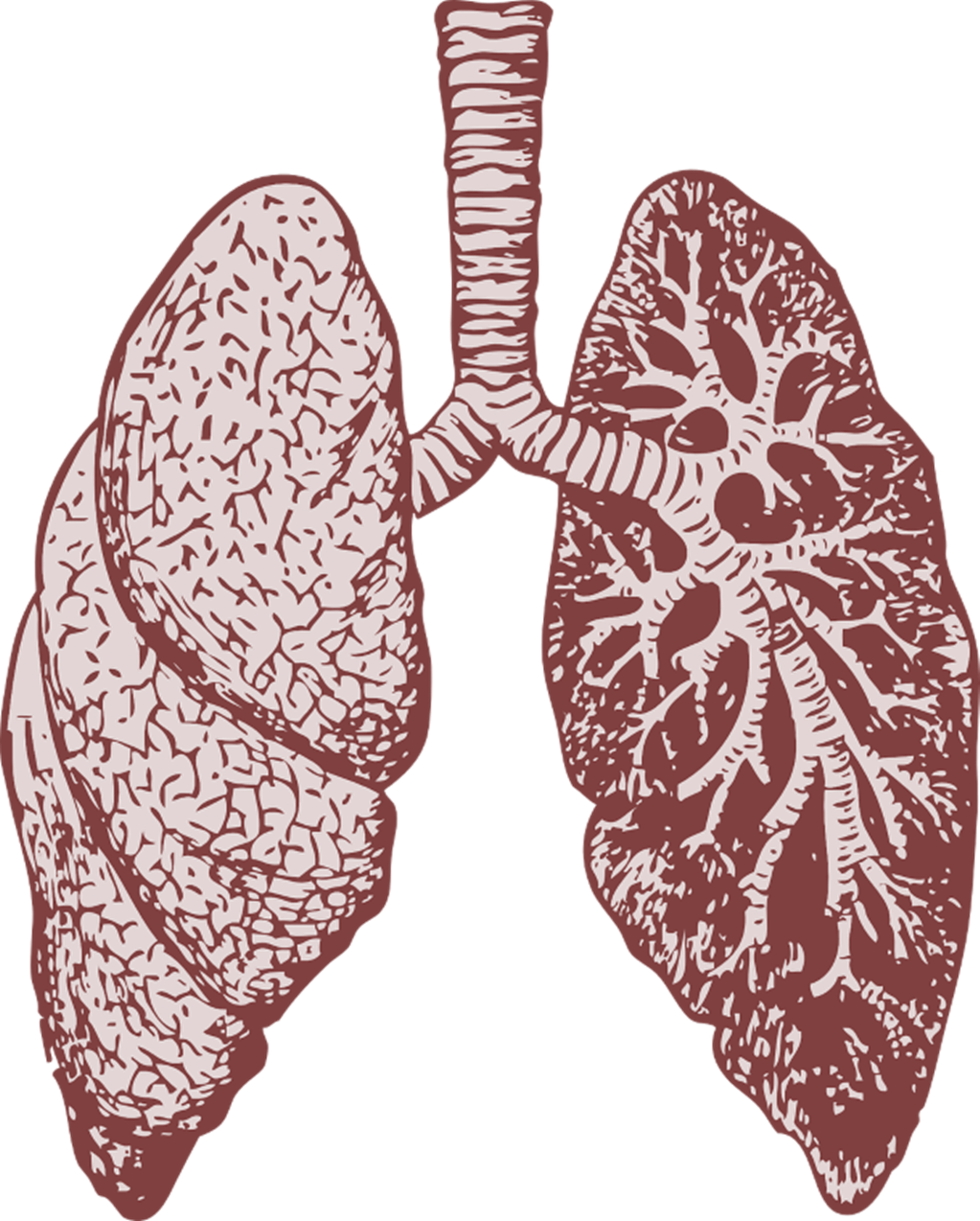Guide to Lung Sounds
The vibration of the vocal chords as air circulates through the respiratory system makes different sounds depending on the conditions of the airways. Lung auscultation is the assessment of such noises through the use of tools like the stethoscope. Lung sounds may be abnormal or adventitious, meaning that noises may sound layered. These problematic noises may be caused by bronchitis, asthma, a foreign body, pneumonia, heart failure, and chronic obstructive pulmonary disease (COPD). Due to the severity of some of these possible causes, healthcare professionals should have the ability to quickly identify the different lung noises so that underlying issues may be addressed.
The Guide to Lung Sounds

Ronchi (Rattles)
- Continuous, low-pitched, coarse, rattling sound
- Heard on both inhalation and exhalation
- Usually caused by a blockage or secretions in upper airway
- Location: trachea & bronchi
Stridor
- Continuous, high-pitched wheezing sometimes described as “musical”
- Mostly inspiratory but may be heard on exhalation
- Caused by disrupted airflow, croup, infection, or a foreign object
- Location: trachea & bronchi
Wheezing
- High-pitched expiratory noise; may be heard without a stethoscope
- Caused by narrowed airways
- Associated with asthma and COPD
- Location: throughout entire lung
Rales (Crackles)
- Discontinuous bubbling/popping that may sound similar to pulling apart velcro
- Heard on inhalation and can be further described as coarse, fine, moist, or dry
- May be caused by collapsed airways and/or alveoli “popping open”
- Location: lower lobes
Pleural Friction Rubs
- Low-pitched, grating, or creaking heard during exhalation
- Caused by inflamed pleural surfaces rubbing against each other
- Location: usually localized to small area